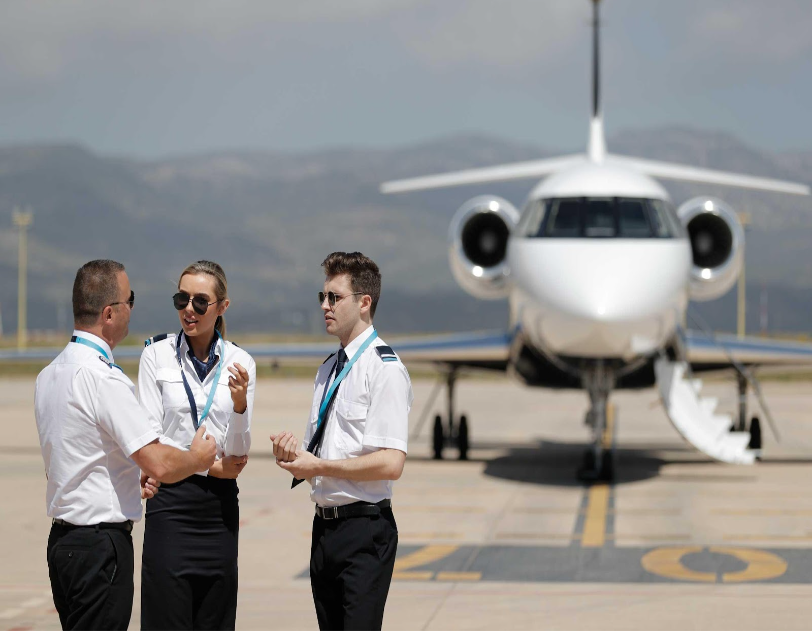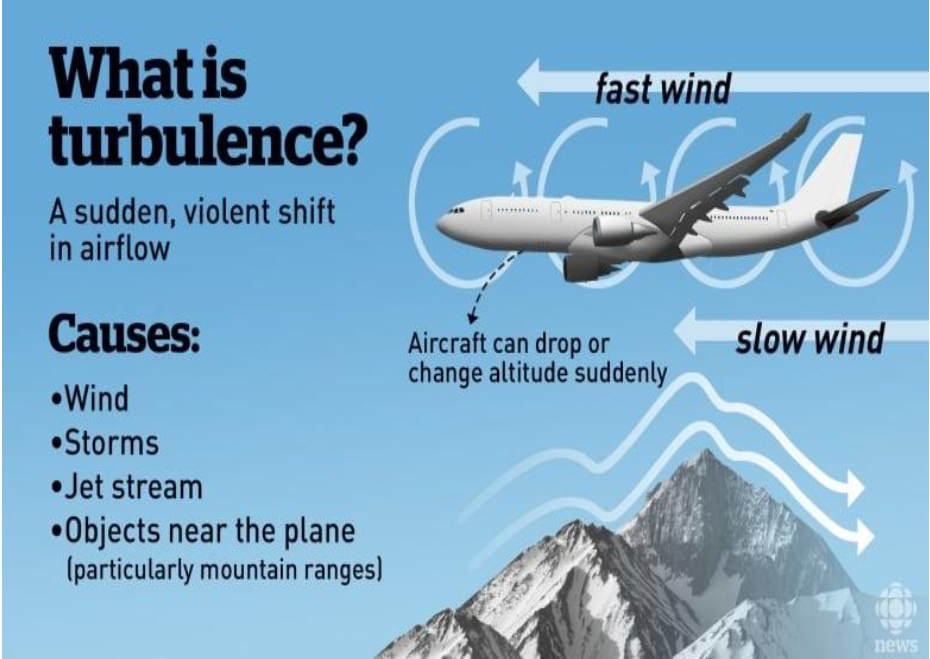Have you ever thought about what it could be like to fly an important commercial aircraft at 30,000 feet in the air? A commercial airline pilot’s life is both exciting and difficult, with many duties that go far beyond just flying the plane. Come along as we dive further into what a normal day in the life of a commercial airline pilot involves.
- Pre-Flight Preparations
- Safety First
- Getting to Know the Crew
- Taking Command
- The thrill of takeoff
- Navigating the Skies
- Mid-Air Challenges
- The Descent and Landing
- Post-Flight Procedures
Pre-Flight Preparations
For the flight attendant of a commercial airline, the day starts early. To be able to make sure they have enough time for pre-flight preparations, a great number of pilots arrive at the airport long before their planned flight time. Reviewing weather data, looking through the aircraft’s maintenance logs, and talking with the cabin staff to go through the flight plan and any special passenger requirements are all included in this.
Safety First
Safety in aviation is of the utmost priority; thus, before takeoff, pilots conduct an extensive pre-flight inspection of the craft. This involves moving about the aircraft, visually assessing important parts, and making sure all systems work as expected. In order to make sure that all security equipment and emergency plans are in order, they also verify with the flight attendants.
Getting to Know the Crew
Effective teamwork is essential for a successful flight, and pilots and flight attendants interact closely to ensure passengers’ safety and comfort. Pilots and cabin crew meet before the flight to go through emergency protocols, cabin service, and any additional relevant details.
Taking Command
Once the aircraft is ready, it’s time for the pilot to take command of the flight deck. This involves conducting a final review of the flight plan, communicating with air traffic control, and being comfortable with the specific details of the route.
The thrill of takeoff
The aircraft has been given the all-clear for takeoff, and the passengers are now settling in. The aircraft is carefully piloted down the runway while being raised into the air with ease by the pilots, who use their highly developed talents. For a pilot, the rush of energy experienced when the jet takes off never gets old.
Navigating the Skies
Pilots are required to communicate with air traffic control, continuously monitor the aircraft’s systems, and alter course as needed while the aircraft is in flight. They also closely monitor the weather, ensuring that passengers have an easy and safe ride.
Mid-Air Challenges
While modern aircraft are equipped with advanced technology to assist with navigation and autopilot features, pilots are always ready to handle unexpected challenges. This could include turbulence, deviations from the flight plan, or sudden changes in weather.
The Descent and Landing
As the flight nears its destination, the pilot begins the descent. This phase requires careful planning to ensure a smooth landing. Pilots use a combination of their experience and automated systems to guide the aircraft safely to the runway.
Post-Flight Procedures
The pilot’s work is far from done after the plane touches down and taxis to the gate. Post-flight checklists, reports, and an interview with the cabin crew must all be completed. They are also in charge of controlling the aircraft’s turnaround before its next flight.
The daily routine of a commercial airline pilot is exciting, challenging, and very rewarding. It’s a career that requires quality, commitment, and a strong dedication to passenger safety. Consider for a moment the trained individuals who make it all possible the next time you board a commercial flight—your pilot, who works all day to make sure you arrive at your destination safely and on schedule.
For more information, visit us at https://saairborne.com/ . Follow us on instagram to get latest updates.







Leave A Comment